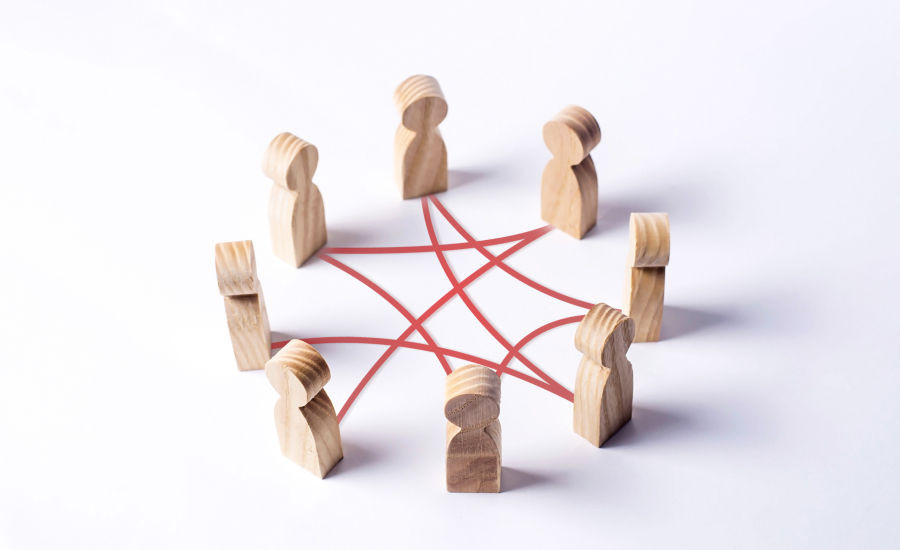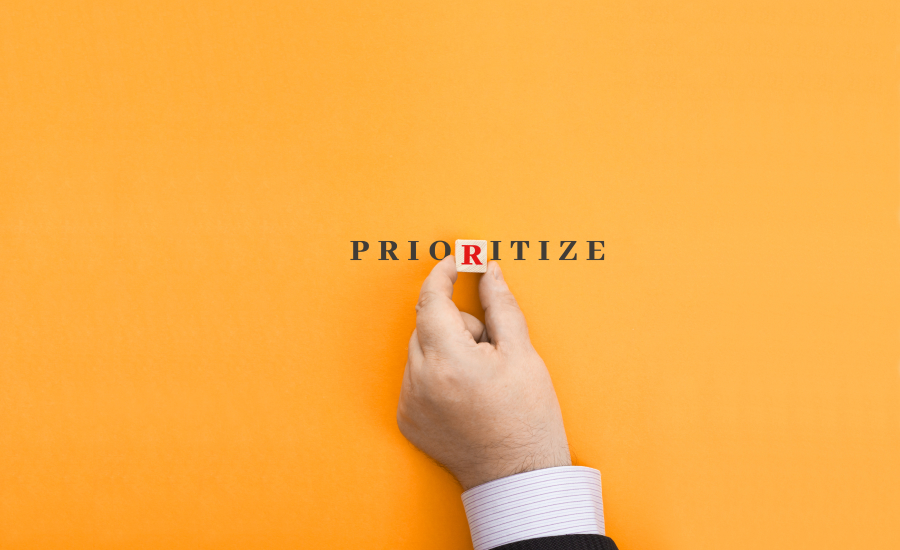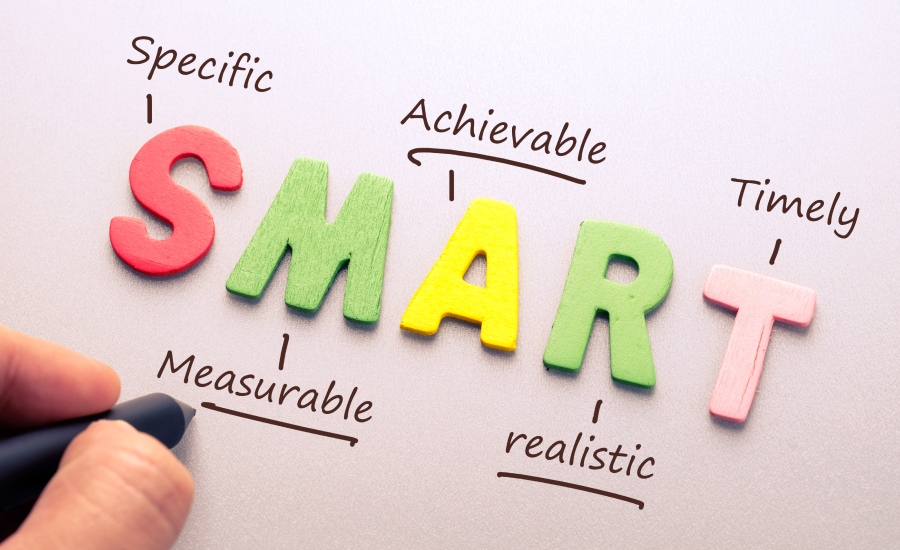Introduction
In this modern workplace culture, it has become increasingly important for us to focus on our mental health and well-being, alongside our professional responsibilities. One way that this can be achieved is by incorporating mindfulness and meditation into the workplace. This article will discuss the definitions and overview of mindfulness and meditation, the benefits of incorporating this practice into the workplace, and strategies for doing so.
Definition and Overview of Mindfulness and Meditation
The concept of mindfulness can be best defined as ‘the act of taking a moment to become aware of your thoughts and emotions in the present moment’, and is based on traditional Buddhist practice. Mindfulness can encompass intentional breathing, yoga, and guided contemplative practices, coming in a variety of forms and levels of complexity.
Meditation is often used interchangeably with mindfulness but is actually distinct. Meditation is a form of mental training that requires concentration and determination, in order to reach a state of relaxation and contentment. It involves the repetition of a particular meditation practice – such as focusing on a chosen object, repeating a mantra, or relaxing muscles – in order to clear the mind and relax the body.
Overview of the Workplace Environment
The workplace is a hive of hustle and bustle with hectic daily schedules, multiple projects, and higher-than-average stress levels, making it an ideal environment for the implementation of mindfulness and meditation. The rise in flexible working, remote working and the ‘always on’ culture has created a more complex workplace, challenging employees to remain focused and productive whilst facing distractions such as their phones and home lives.










